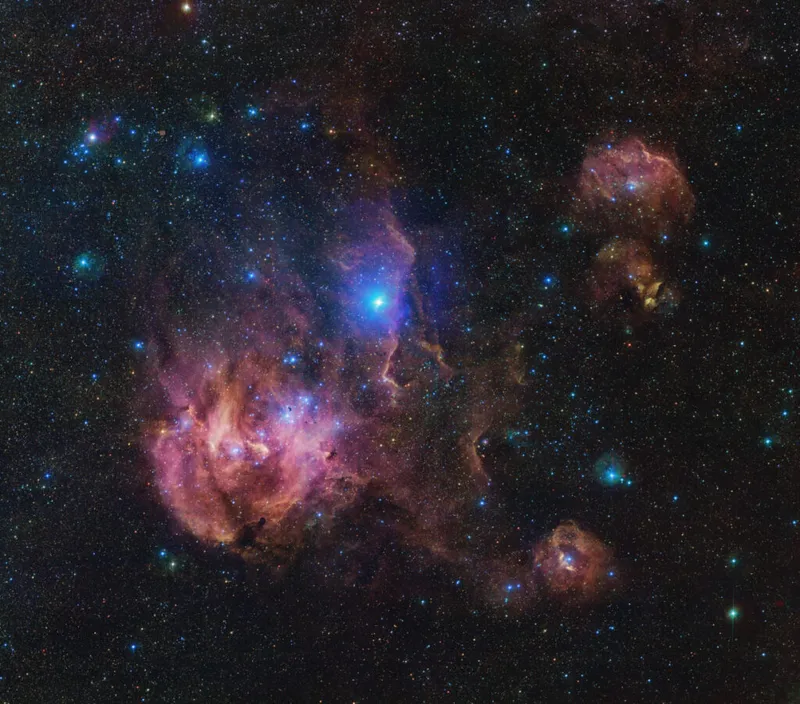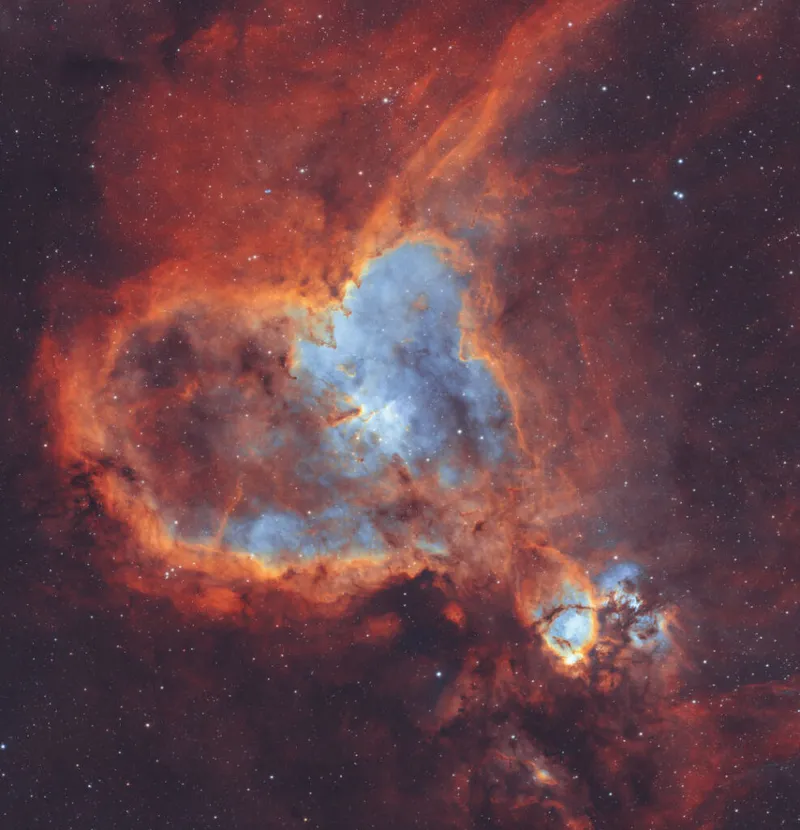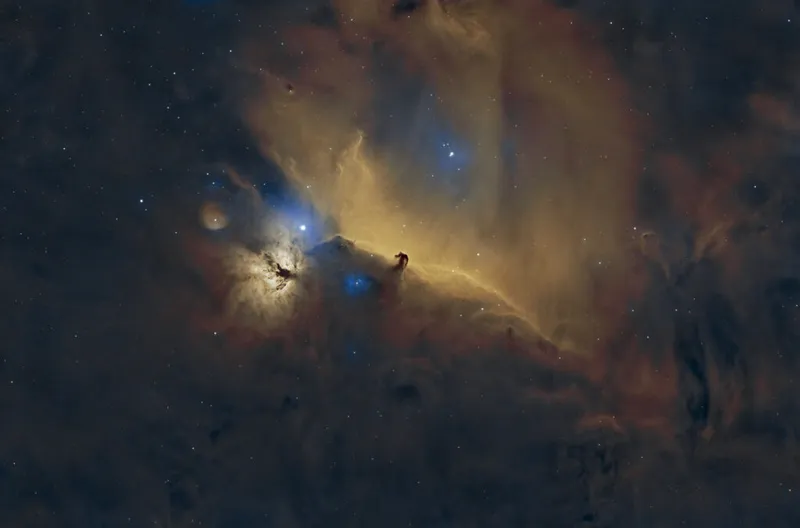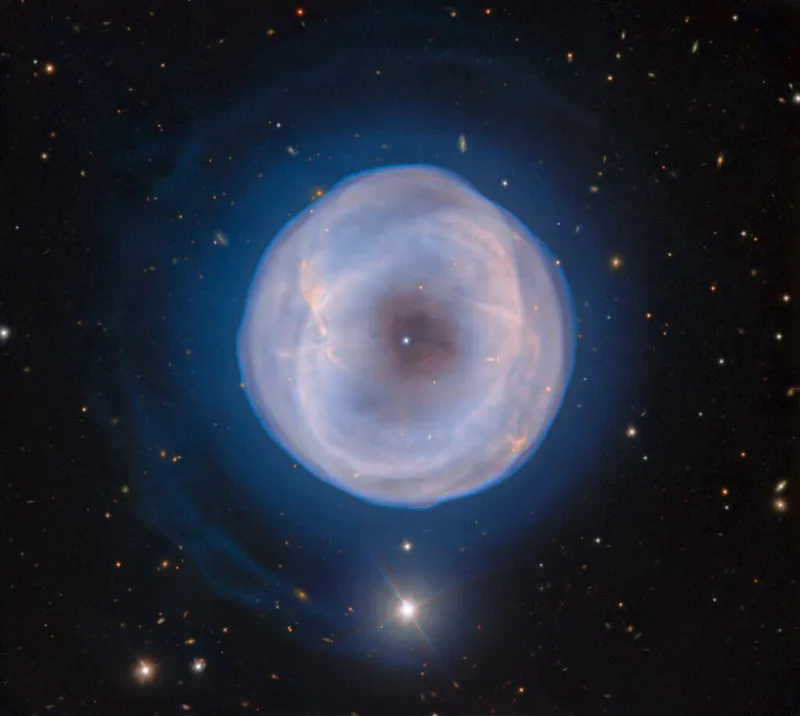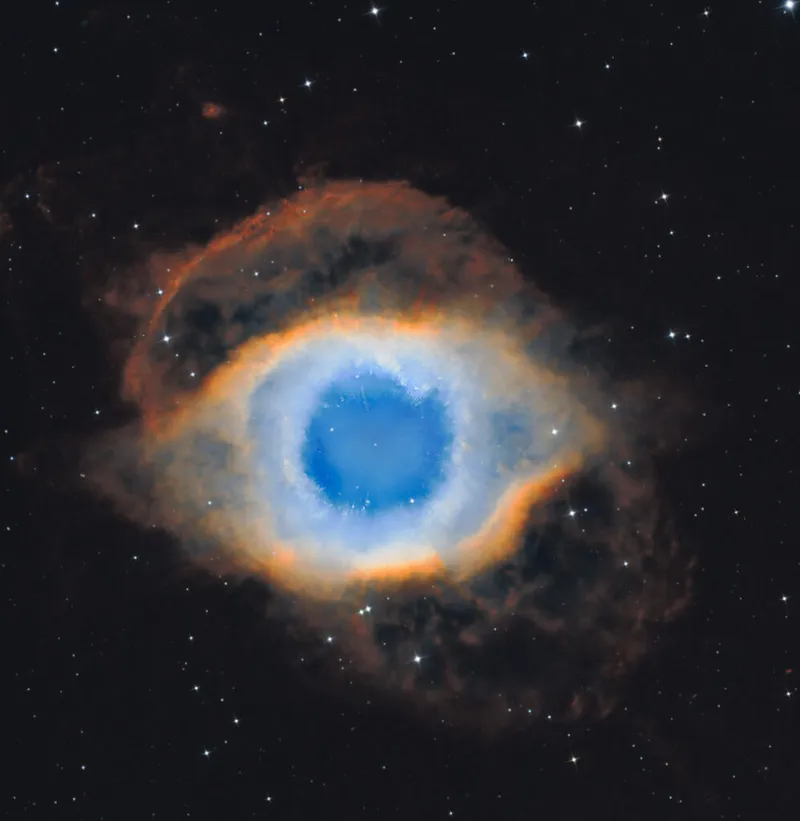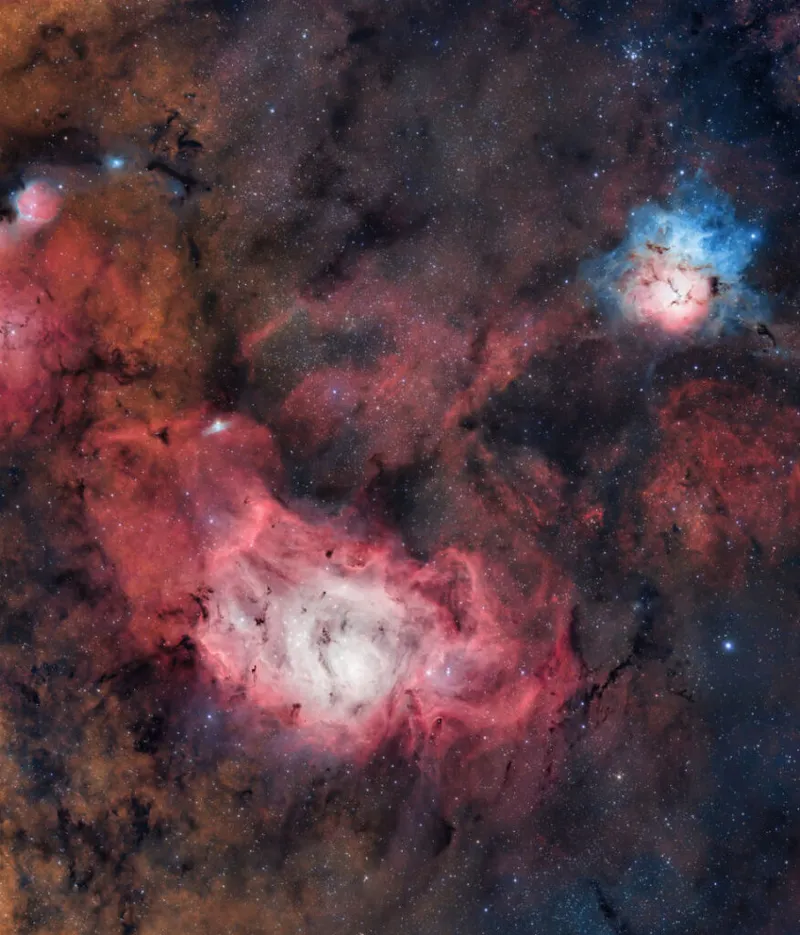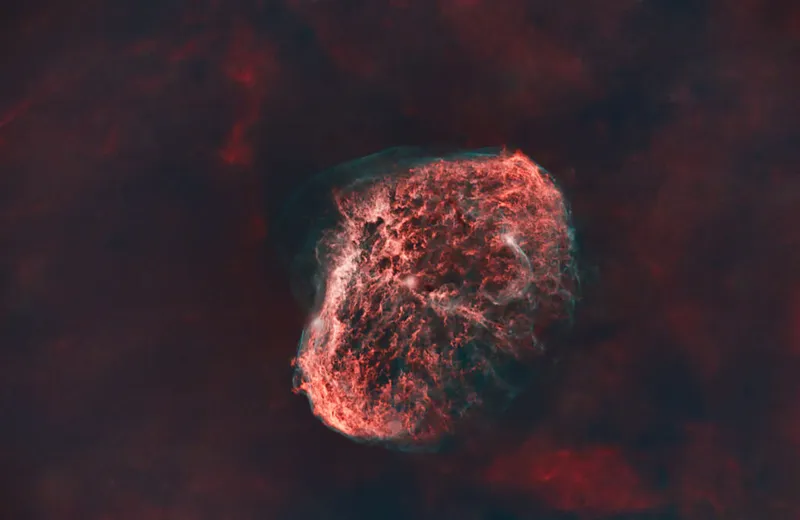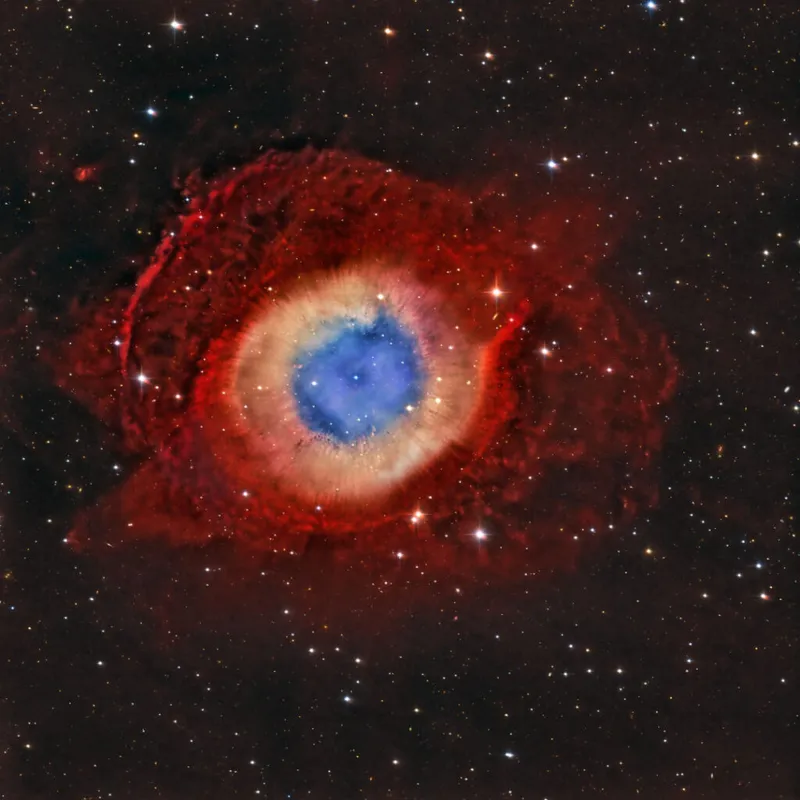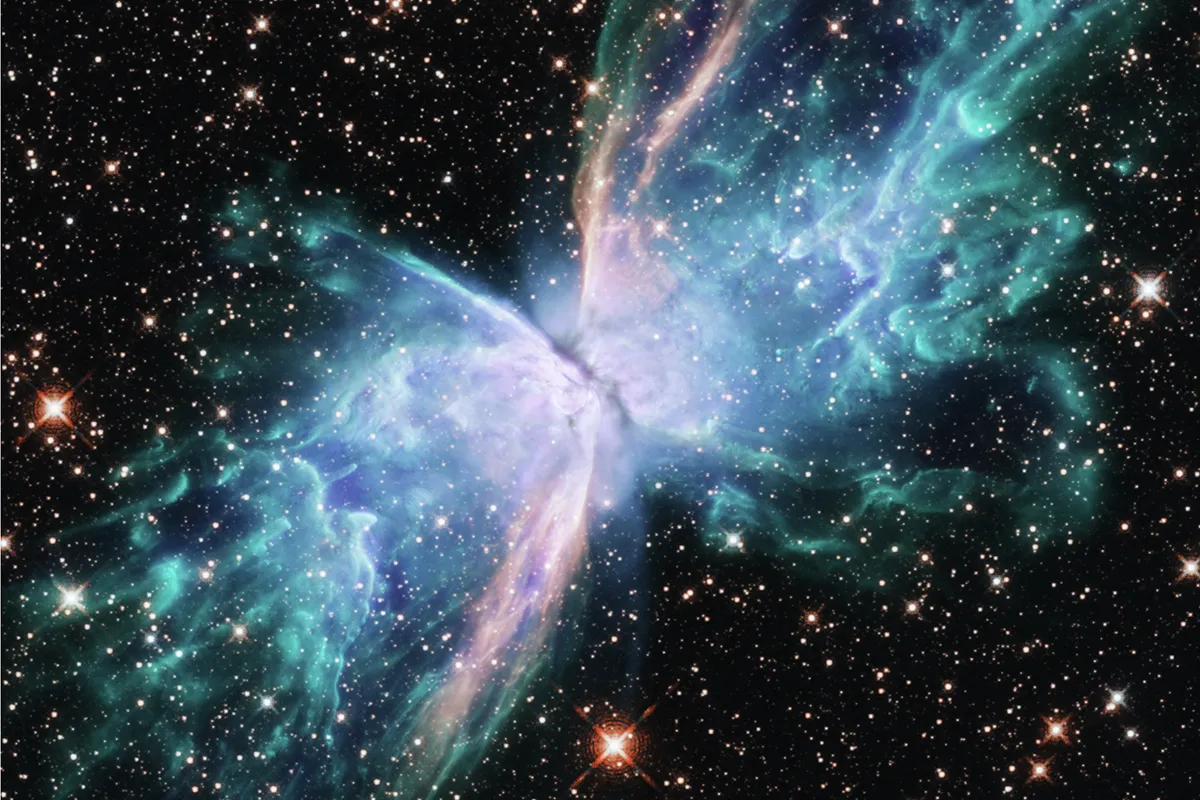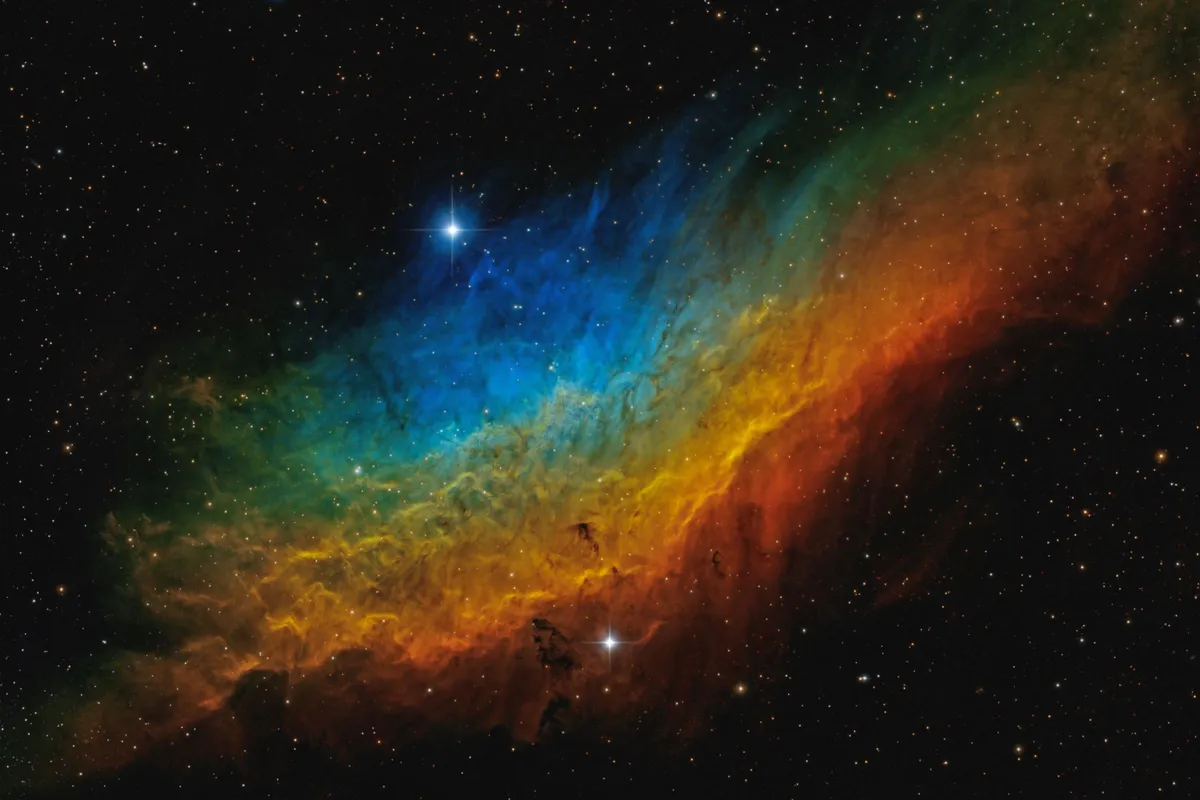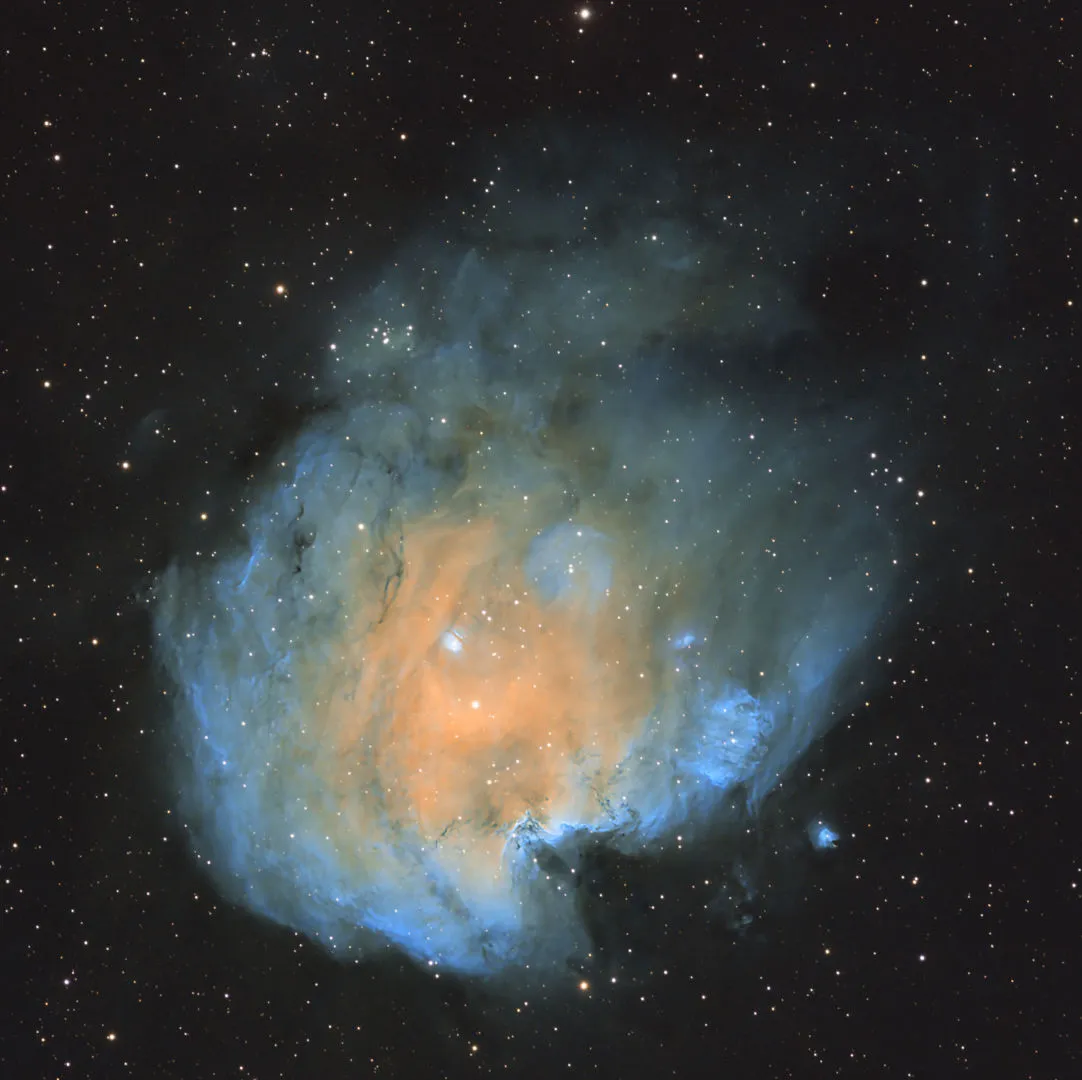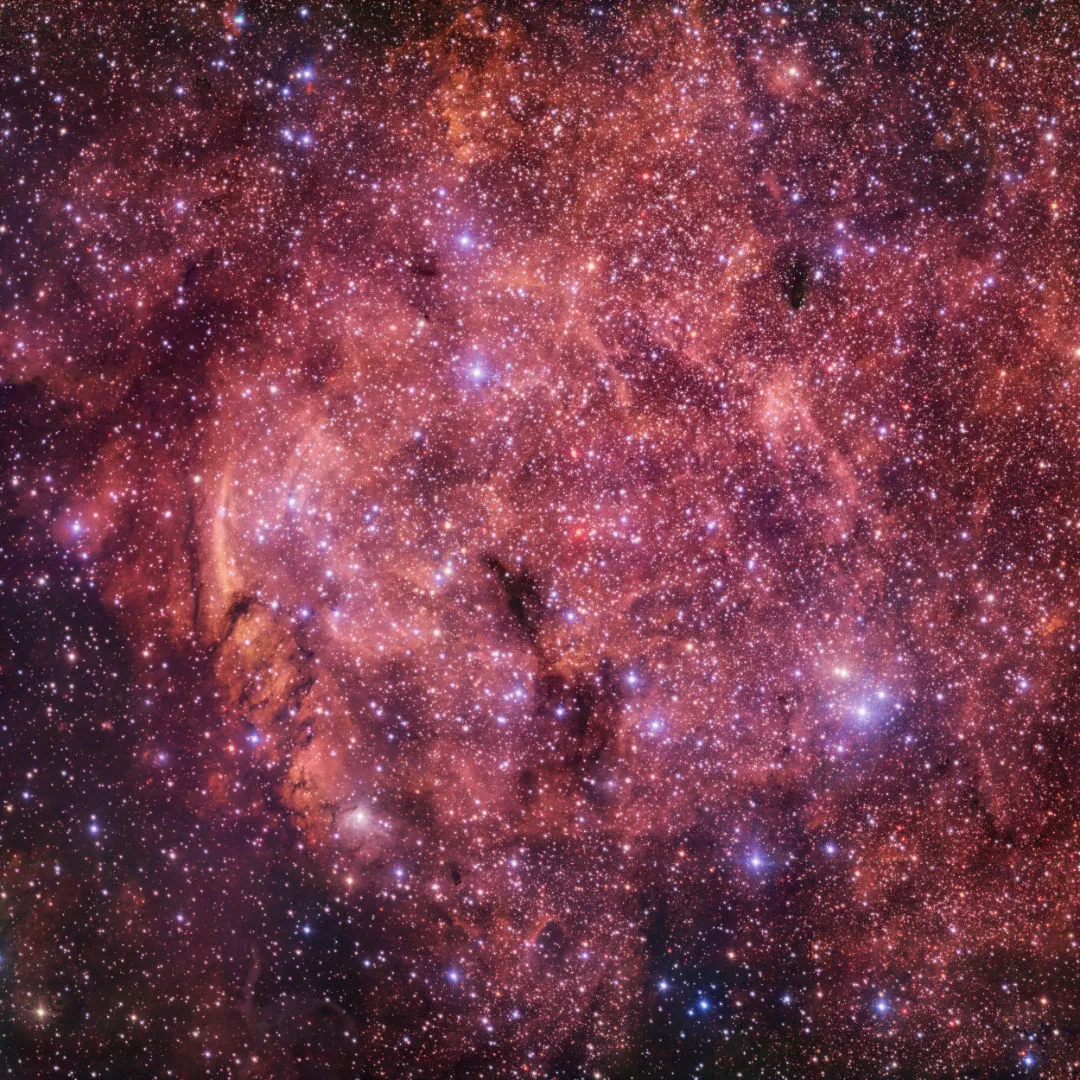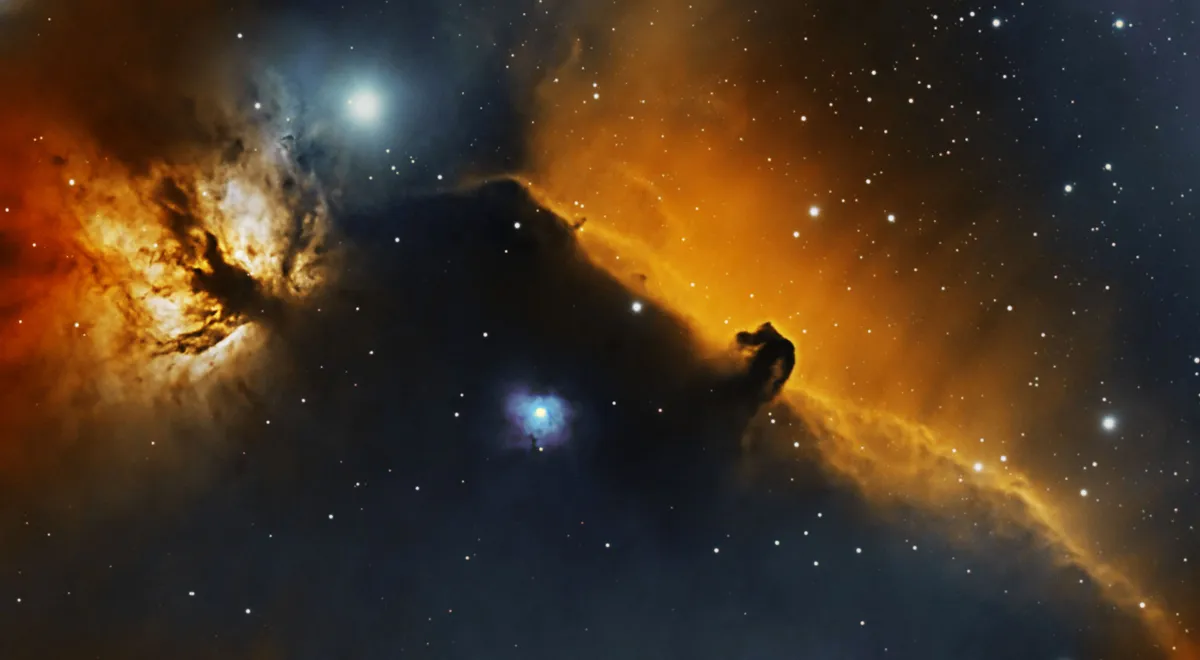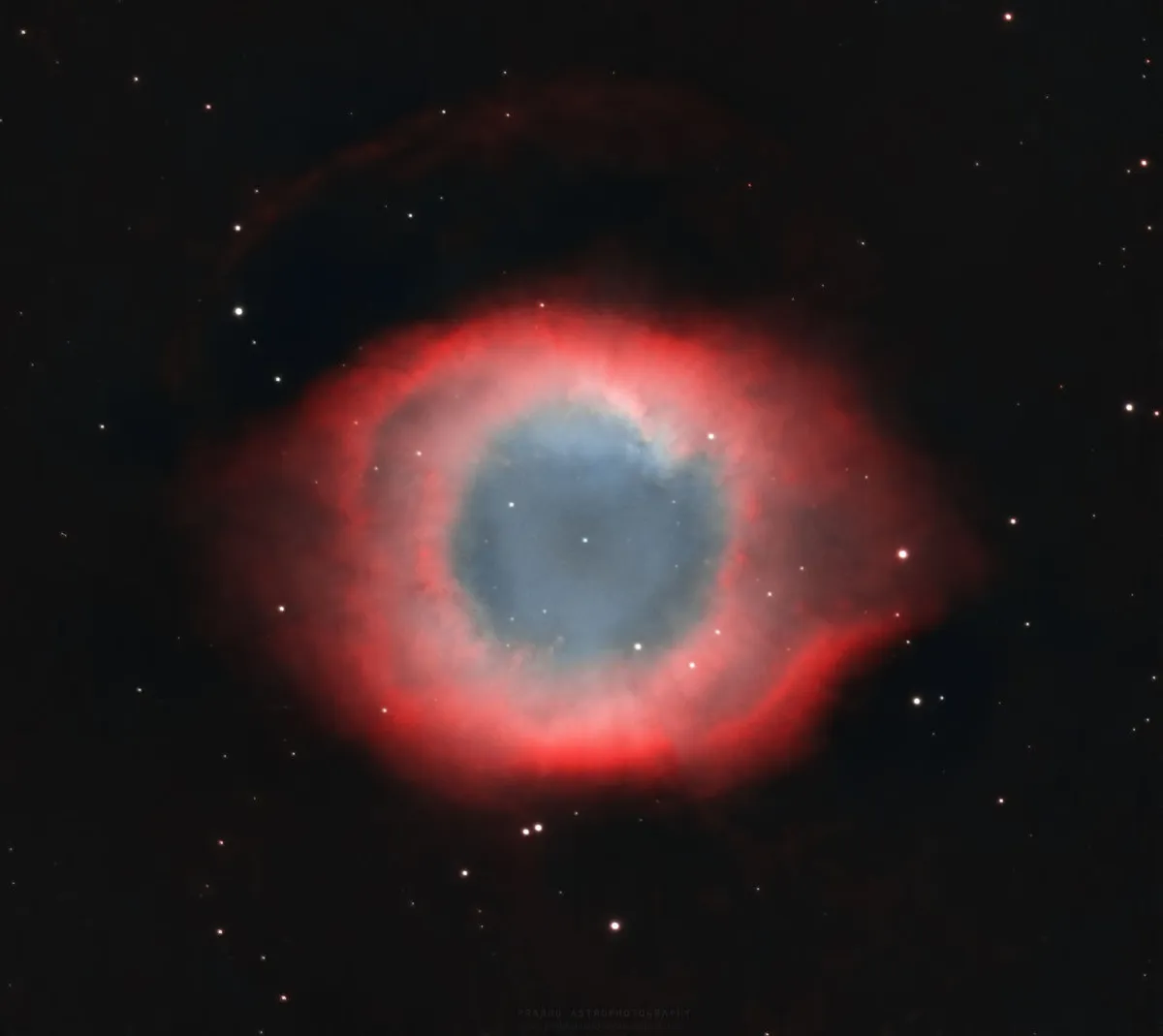A nebula is a cloud of dust and gas in space that's illuminated and glows like a shining cosmic cloud.
Nebulae are clouds of gas and dust and there are many scattered throughout the Milky Way, mainly in the galactic disc, and it’s here that stars are born.
The word 'nebula' is Latin for ‘little mists’, because astronomers once considered all deep-sky objects to be nebulae, galaxies included, because they were faint fuzzy patches in the otherwise black night.
Astro images reveal that many nebulae have vivid colours – typically red in emission nebulae from ionised hydrogen atoms and hues of blue stars in reflection nebulae.
But the view through binoculars or a telescope will be quite different. Visually, nebulae appear in shades of grey.

These days, not only can we differentiate between nebulae and galaxies, but we know that several types of nebula exist.
A nebula can measure lightyears across in size but they are very diffuse: a nebula the size of Earth would still only weigh a few kilograms.
As they are clouds, blown about by the interstellar winds of our Galaxy as well as their own turbulence, nebulae often have weird and wonderful shapes.
There are famously many nebulae that look like animals, although of course this is as much to do with pareidolia (seeing familiar shapes in random objects) as anything else.
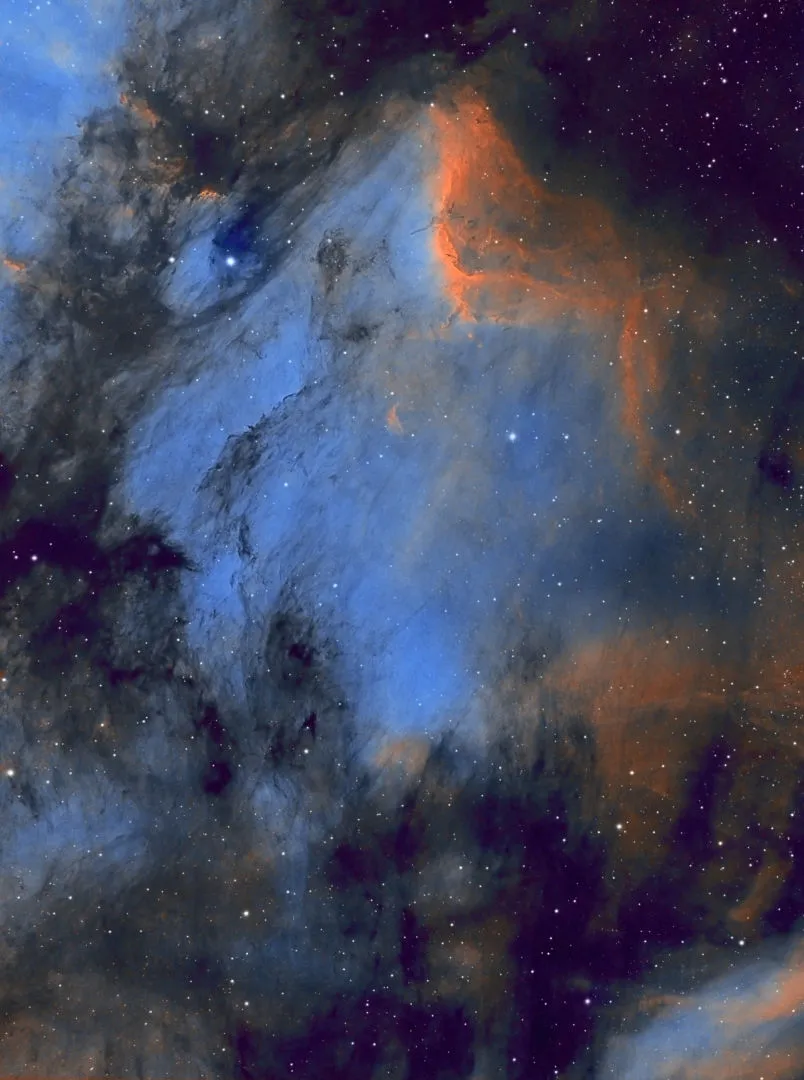
Nebulae can vary hugely depending on how they were created, but many of the clouds are strongly related to the lifecycles of stars.
Some are created when a star dies; others allow them to be born.
One nebula, of a type known as a planetary nebula, is called the Boomerang Nebula and is the coldest place in the Universe.
It's colder than the Cosmis Microwave Background, which is often regarded as the average temperature of space.
Different types of nebula
There are many different kinds of nebula. Here we'll look at some of the most famous types.
Emission nebula
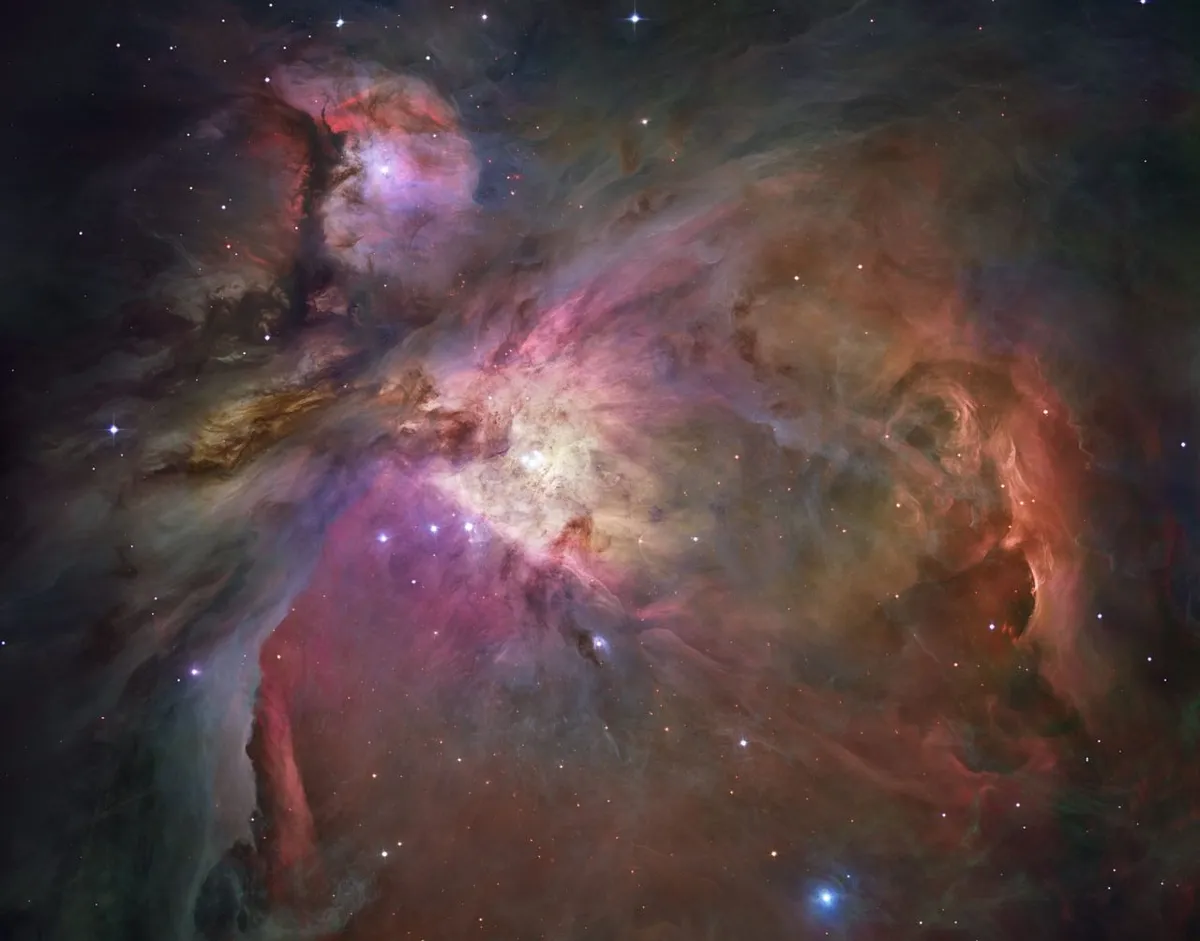
The most famous nebula of them all, M42, the Orion Nebula, is as an emission nebula.
Emission nebulae have a glow of their own, a result of stars within or nearby ionising the gas cloud.
Reflection nebula
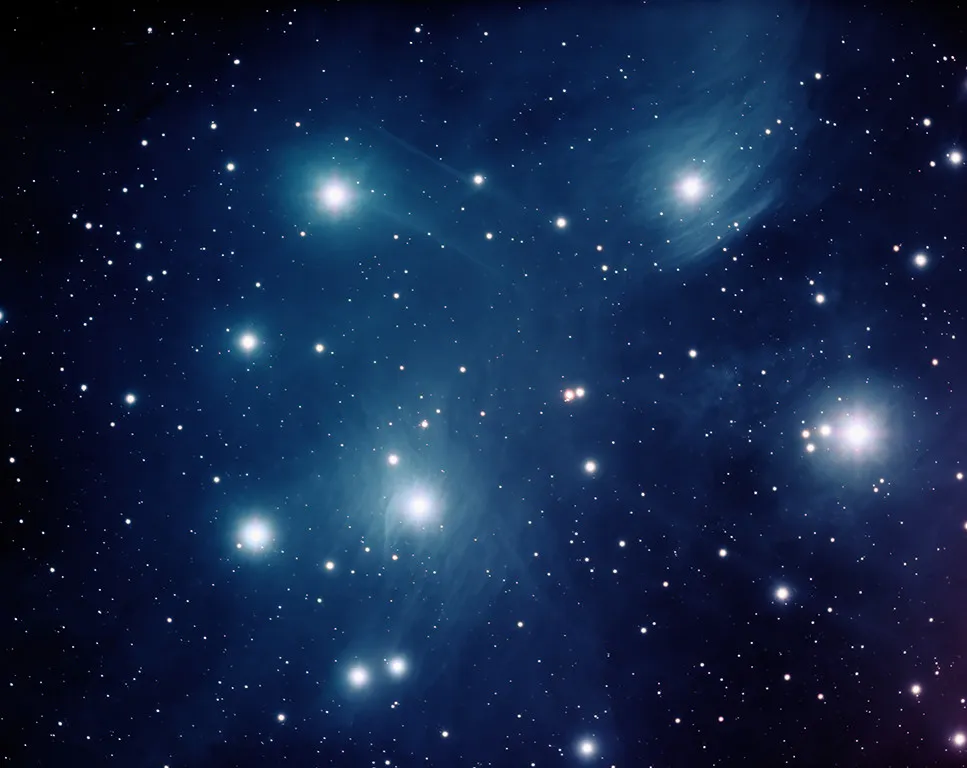
On the other hand reflection nebulae, like the one around the Pleiades star cluster in Taurus, are visible because of nearby stars nearby lighting up the gas and dust, just as the Sun lights up a cloud in an otherwise blue sky.
Dark nebula

Dark nebulae, such as the Horsehead Nebula, don’t glow at all, as they are so dense they absorb light.
They are only visible because they are in front of a bright nebula or field of stars.
We effectively see a silhouette of the cloud, but no detail in it.
Planetary nebula
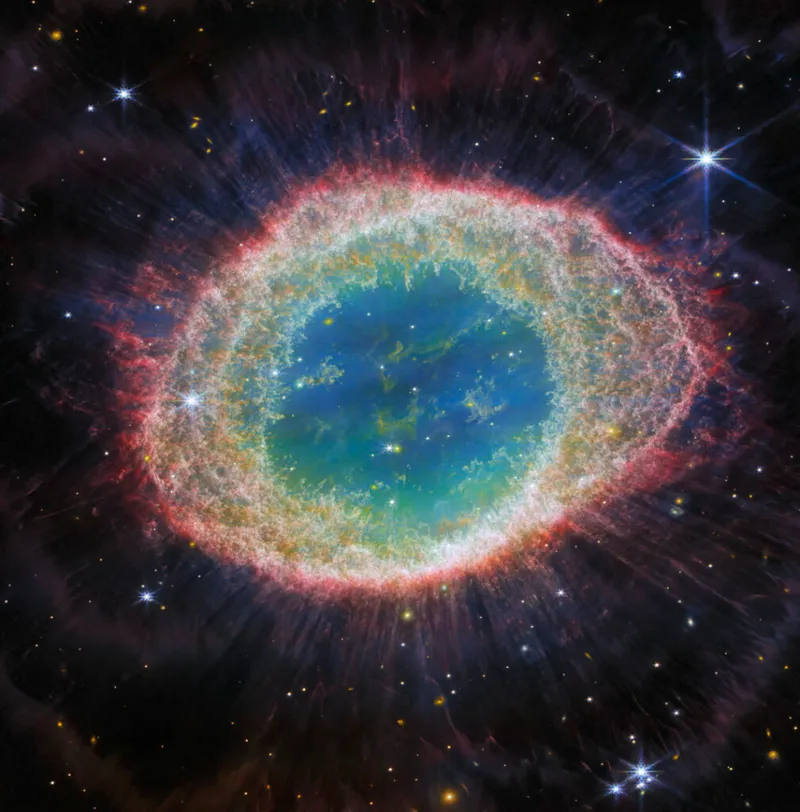
You might think that planetary nebulae, such as the Ring Nebula in Lyra, have something to do with planets, but you’d be wrong.
They get their name because, through a telescope, many have the appearance of a faint, small, fuzzy disc and can look a lot like a planet.
These nebulae are formed during the death of a star of similar mass to the Sun.
As it grows unstable, the star puffs off its gaseous atmosphere to form clouds around it.
Stars larger than the Sun end their days explosively in a supernova, leaving a spectacular remnant in their wake.
Nebulae and star formation
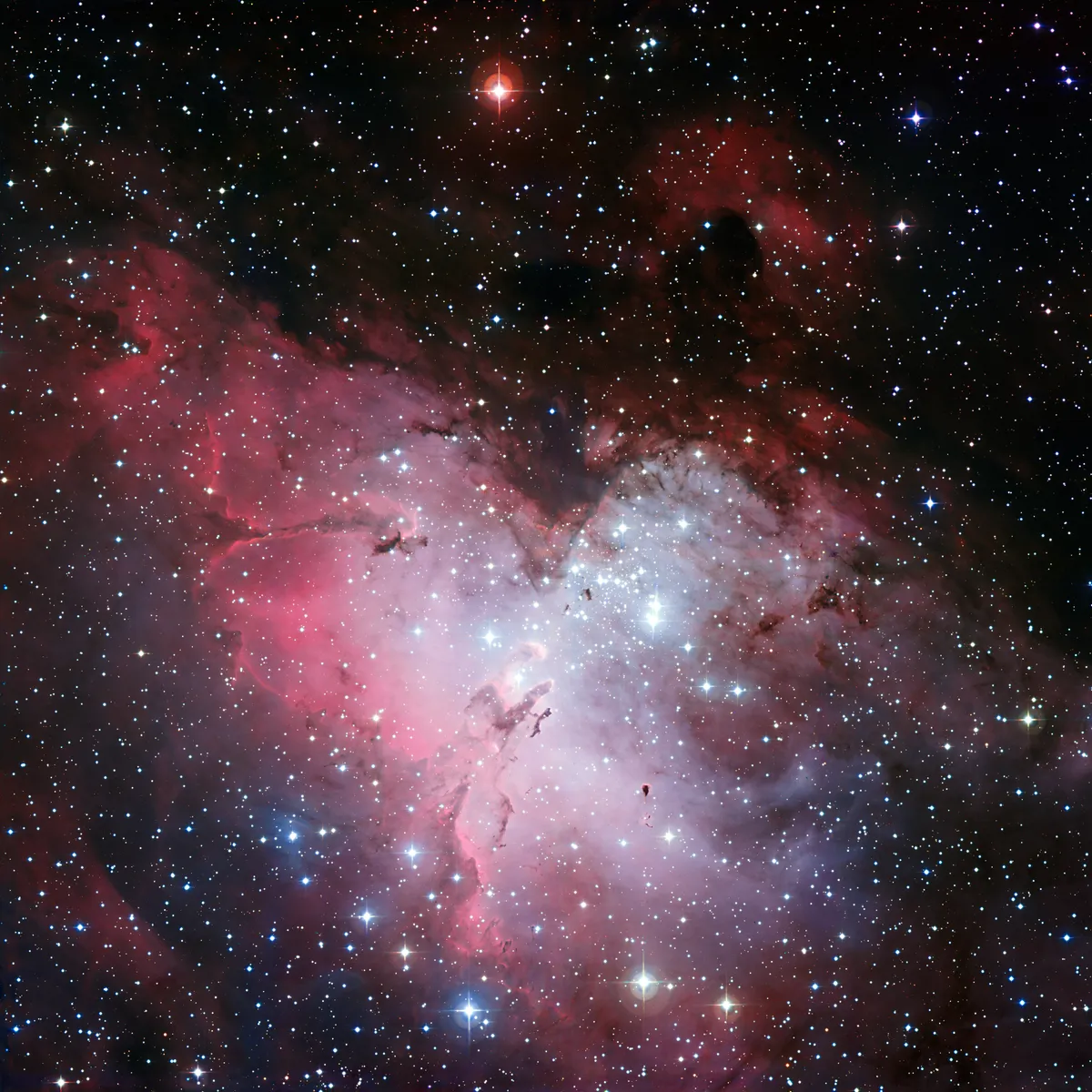
Not all nebulae form stars, but all stars (that we know of) started life in clouds of dust known as star-forming regions.
The interstellar medium is the name given to the gas and dust that fills the spaces between stars.
Over hundreds of millions of years this medium begins to clump together to form a cloud, a nebula.
If the gas in the clouds becomes dense enough, it starts to collapse under its own weight, increasing the density even further.
In the resulting turbulence, knots of gas form, their gravity attracting even more gas so they ever larger until they become dense enough to form a star.
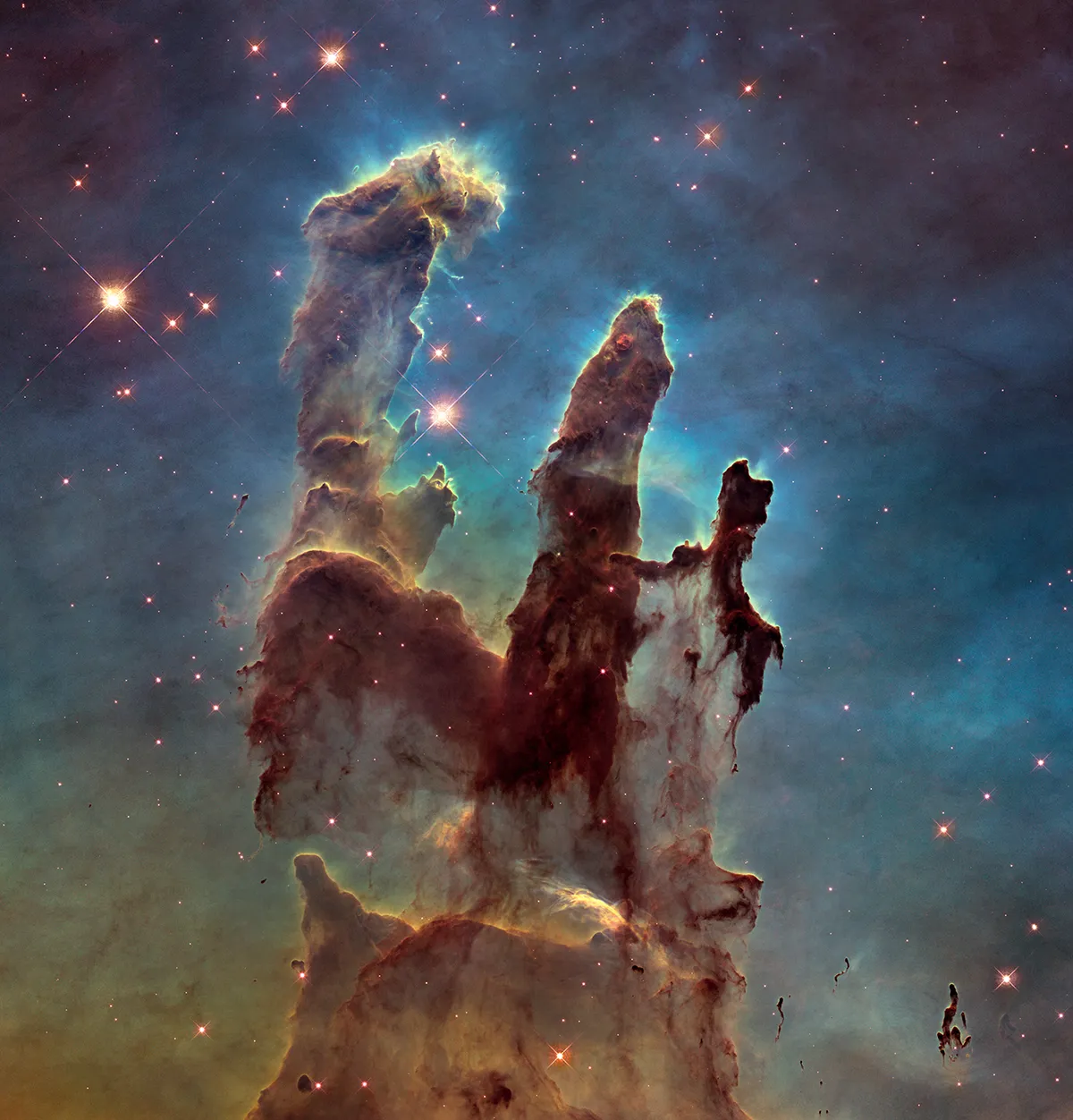
Nebulae in reality vs pictures
The popular idea of what a nebula looks like is often based on the spectacular images taken by the Hubble Space Telescope, the James Webb Space Telescope and other world class observatories.
This can sometimes lead to disappointment when new astronomers see a faint and colourless nebula through their telescope for the first time.
Nebulae aren’t very bright so look dim to the human eye, but when astrophotographers take an image, they can leave the camera for several minutes to soak up as much light as possible, and use filters to enhance the colour.
While visually observing nebulae might not be as visually arresting as a picture, nothing’s quite the same as knowing you’re seeing it for yourself.

Nebula colours explained
While most nebulae’s natural colour is faint at best, they do have some colour based on the gases within them.
When you heat a gas, it often emits a spectral line – light with a very precise colour that is specific to the kind of gas being heated.
There are many elements that glow within a nebulae, and each of these elements might have several spectral lines. However, some of these are very faint, or aren't at wavelengths visible to the human eye.
While professional telescopes can be configured to pick these up, most amateur astronomers use a handful of filters.
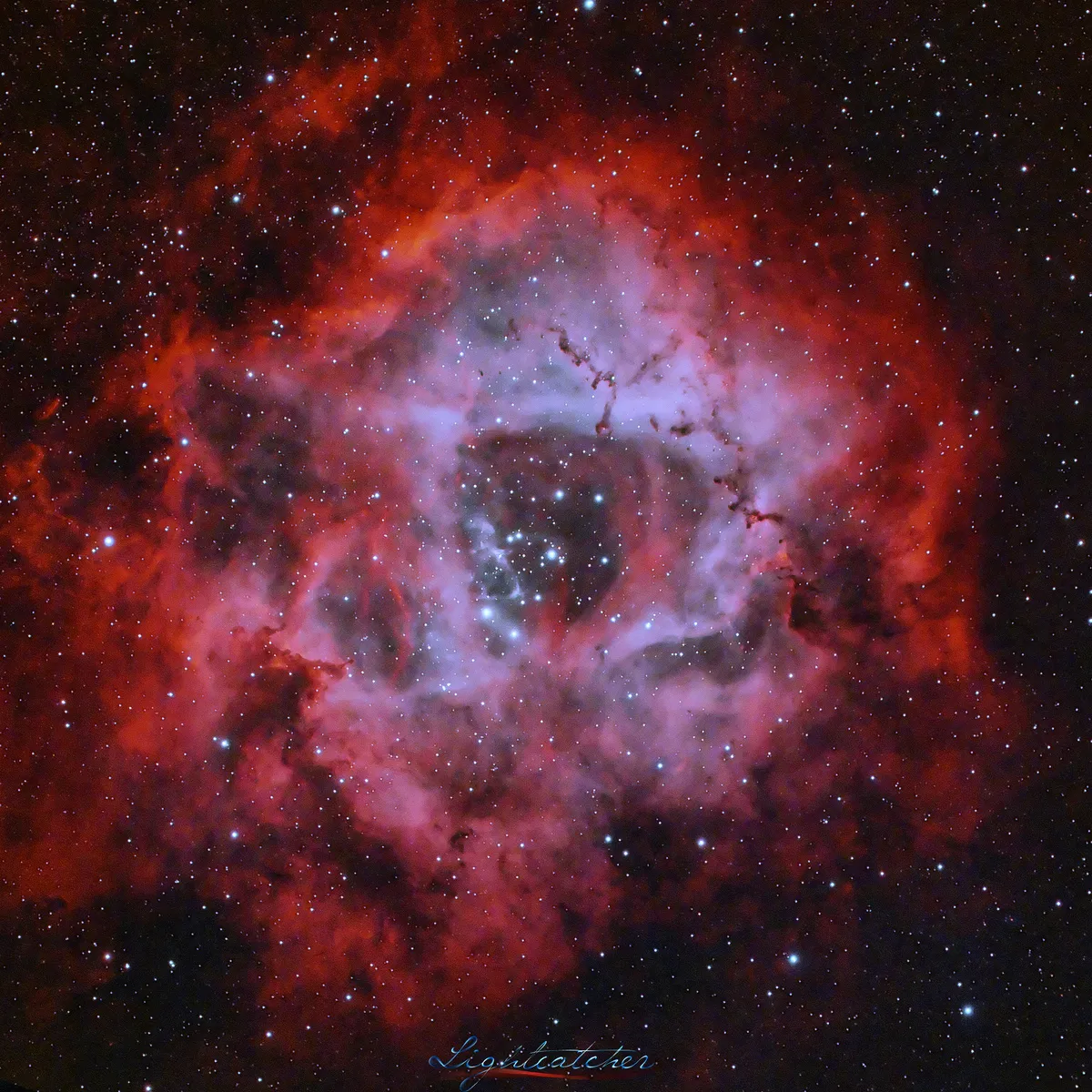
Astrophotographers use a technique called narrowband imaging, where they use filters to pick out only these spectral lines. They can even use this technique to pick out colours that aren’t visible to the human eye.
Professional astronomers use these images to trace where certain types of gas are within a nebula.
Meanwhile, image processors assigning each spectral band a colour – either red, green or blue, depending on which is closest to the spectral line – then blend the frames together to create full colour images.
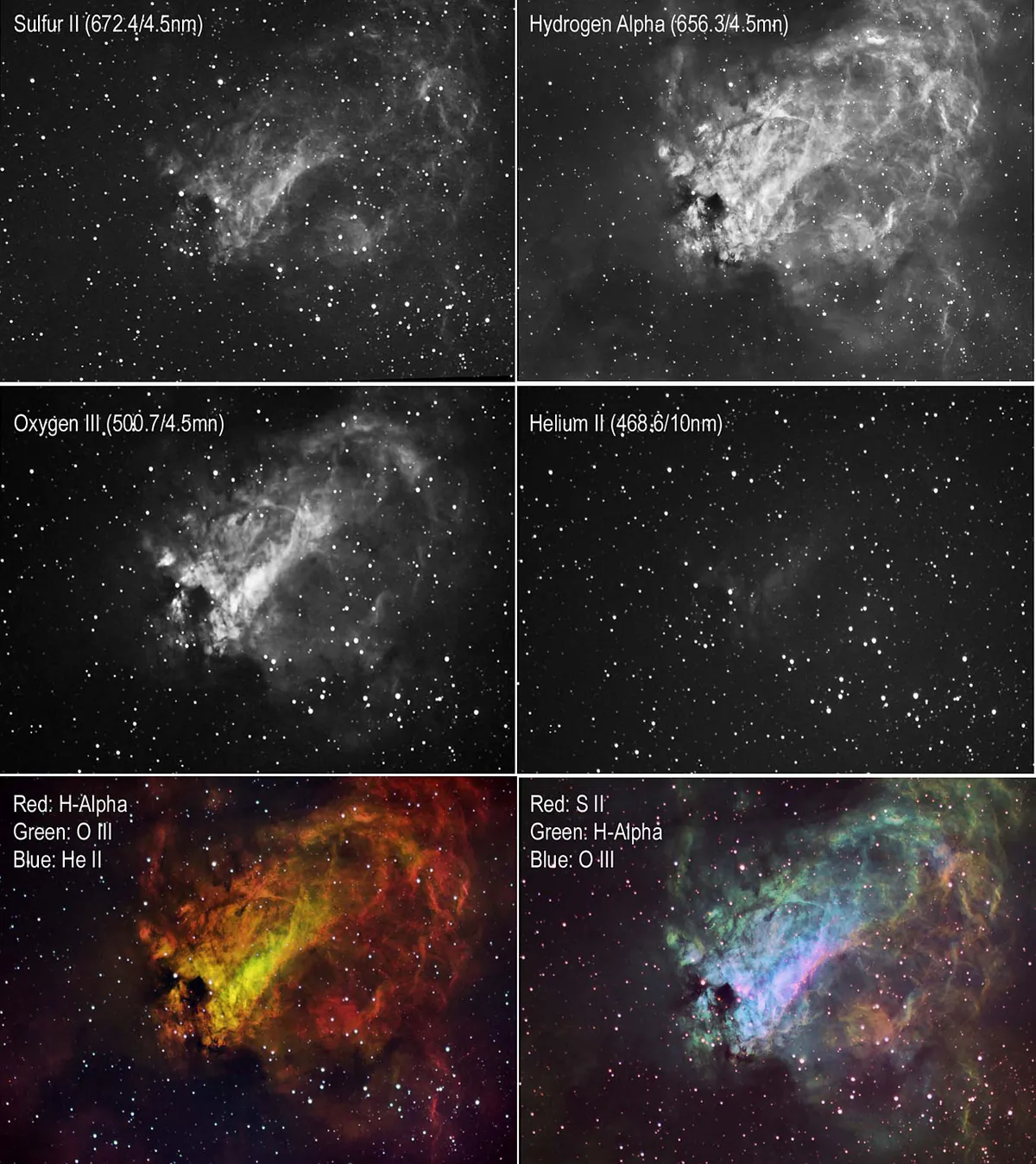
How a nebulae gets its name
Like many astronomical objects, most nebulae have multiple names.There are several catalogues that list nebulae along with other deep-sky objects.
The most commonly used are the Messier Catalogue, the NGC (New General Catalogue of Nebulae and Clusters of Stars) and the IC (Index Catalogue). Most nebulae appear in at least one of these, if not all three.
Many nebulae also have a popular name, which usually refers to where they are found (The Orion Nebula) or what they look like (The Witch's Head Nebula).

7 nebulae to see for yourself
Our pick of some of the best, most famous nebulae visible in the night sky. Use the RA and dec. coordinates to track them down with your telescope.
The Orion Nebula, M42
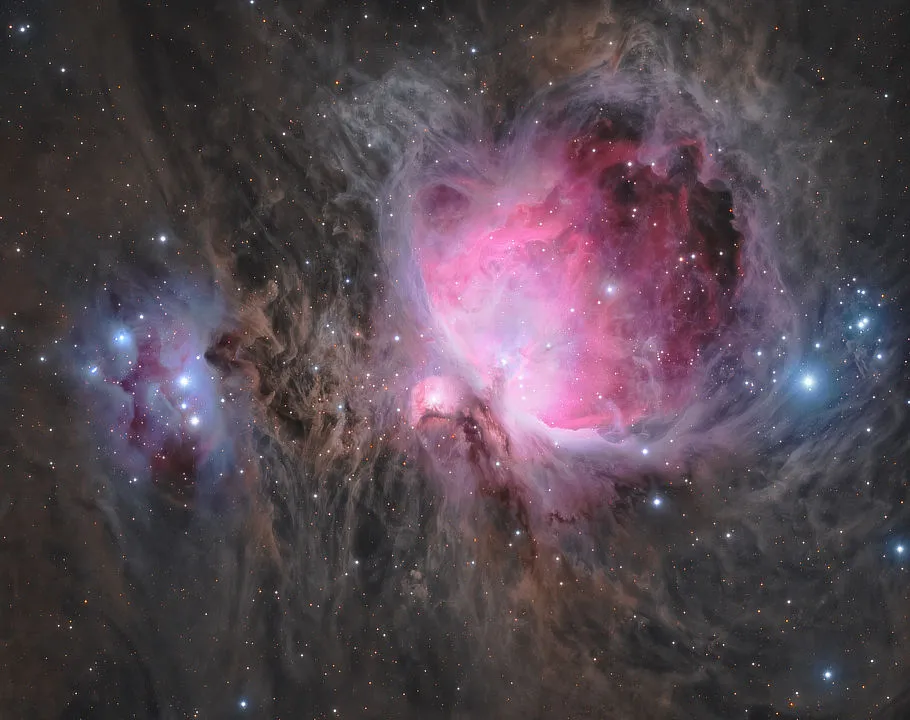
- Constellation: Orion
- RA 05h 35m 17s
- Dec. −05° 23’ 28”
M42 is the brightest nebula in the night sky and the only one that can be seen with the naked eye. With a casual glance below the three belt stars of Orion in a dark, light-pollution free sky, you’ll see this emission nebula as a small misty smudge.
A pair of binoculars will begin to reveal its curving shape. With a small telescope, you will start to see some structure. In the heart of the Orion Nebula are four stars. These are part of the Trapezium open cluster, named because of the shape the four stars form. It’s the radiation from these stars that is energising the entire nebula and causing it to glow.
The Crab Nebula, M1
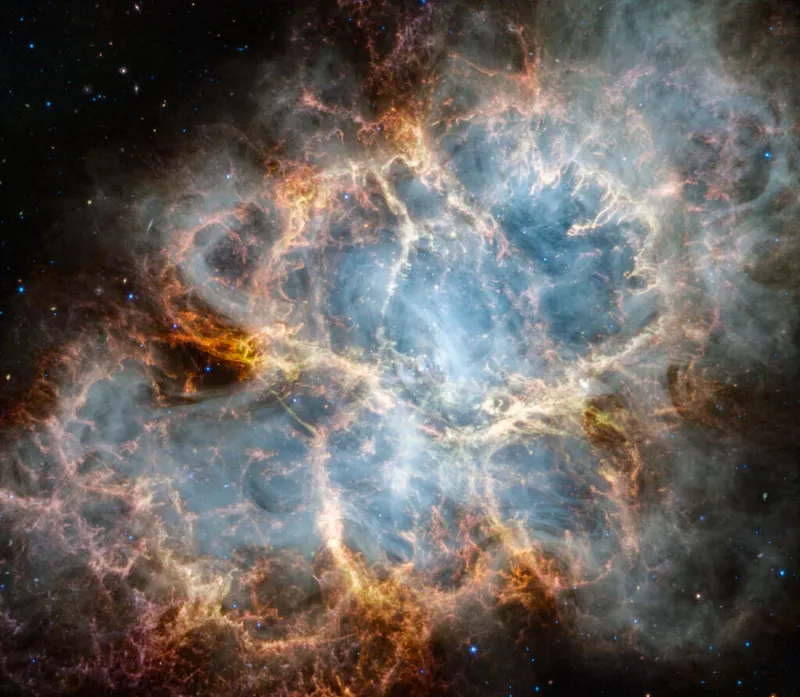
- Constellation: Taurus
- RA 05h 34m 32s
- Dec. 22° 00’ 52”
M1 is what remains of a cataclysmic stellar explosion witnessed from Earth in 1054. It can be spotted with a small telescope, but it’s best seen through a really large aperture instrument – only then does its texture start to emerge.
Find out more about the Crab Nebula
The Lagoon Nebula, M8
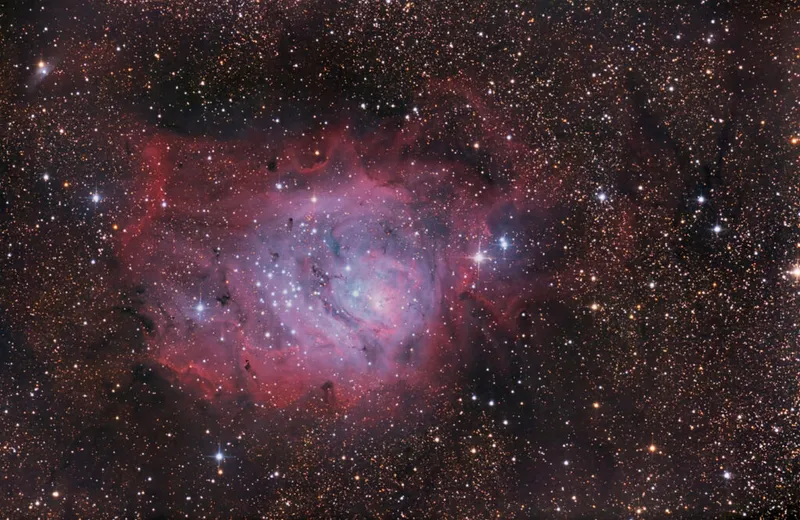
- Constellation: Sagittarius
- RA 18h 03m 37s
- Dec. −24° 23’ 12”
This easily noticeable emission nebula can be seen as a brighter patch with the beginnings of a core in 10x50 binoculars, even sitting where it does within the constellation of Sagittarius – a busy and
star-rich area of the Milky Way.
Find out more about the Lagoon Nebula
The North America Nebula, NGC 7000

- Constellation: Cygnus
- RA 20h 59m 17s
- Dec. 44° 31’ 44”
It takes a bit of practice to see emission nebula NGC 7000, also known as the North America Nebula, as it’s such a large object. It’s close to the bright star Deneb in Cygnus, and the surrounding area contains many targets for binoculars.
Find out more about the North America Nebula
The Omega Nebula, M17
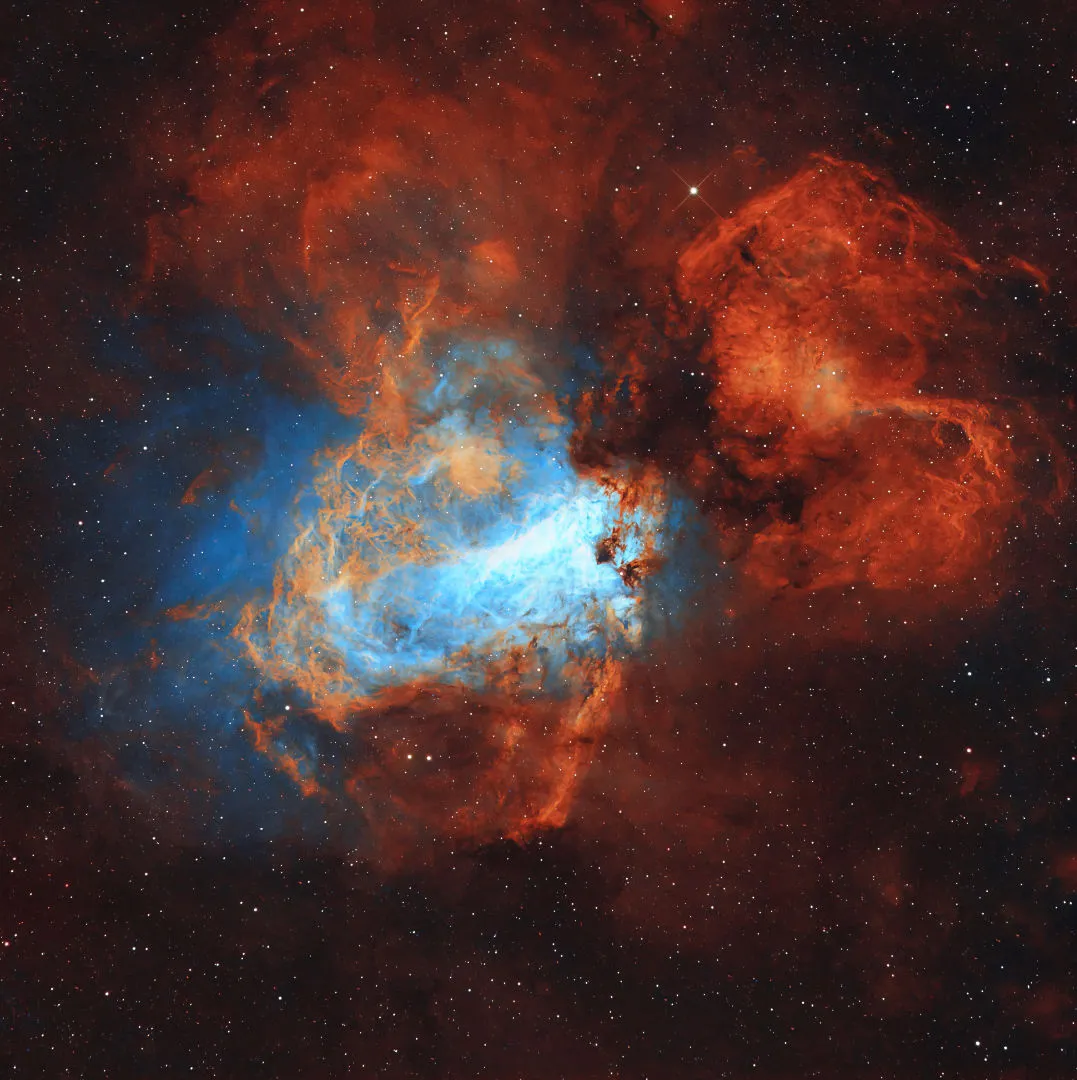
- Constellation: Sagittarius
- RA 18h 20m 26s
- Dec. −16° 10’ 36”
This glowing emission nebula and star-forming region sits among the star fields of Sagittarius. It has a curved shape that can be likened to the Greek capital letter omega, Ω, hence its name, though it is sometimes called the Swan Nebula.
Find out more about the Omega Nebula
The Dumbbell Nebula, M27

- Constellation: Vulpecula
- RA 19h 59m 36s
- Dec. 22° 43’ 16”
This fascinating and relatively bright planetary nebula appears as a misty oval in small telescope, with the Milky Way providing a marvellous backdrop. The ‘dumbbell’ shape only becomes apparent through large instruments.
Find out more about the Dumbbell Nebula
The Horsehead Nebula, Barnard 33
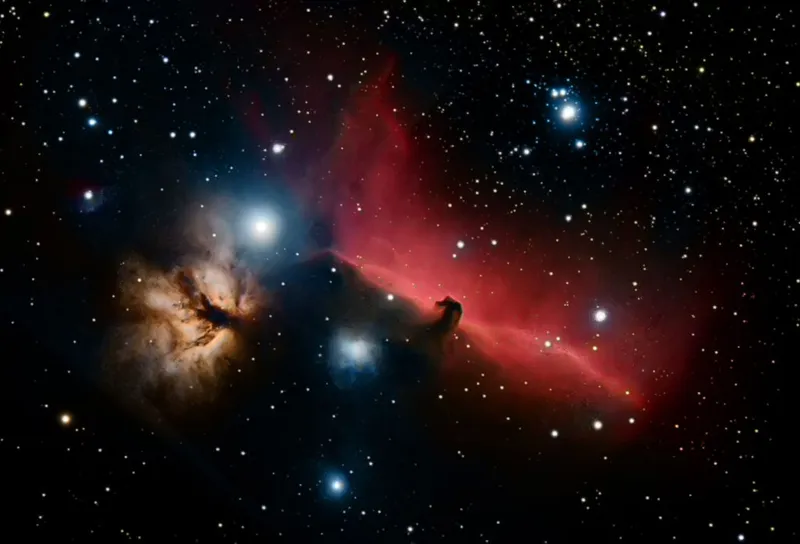
- Constellation: Orion
- RA 5h 40m 59s
- Dec. −02° 27’ 30”
The Horsehead Nebula, to the south of Orion’s Belt in the Orion Molecular Cloud Complex, is a dark nebula that appears silhouetted against a brighter background of nebulosity. You will need a large aperture instrument and dark skies to make it out.
Find out more about the Horsehead Nebula
Pictures of nebulae
Below is a selection of images of nebulae captured by BBC Sky at Night Magazine readers and astrophotographers, as well as professional observatories and space telescopes.
For advice on photographing a nebula, read our guide to deep-sky astrophotography.
